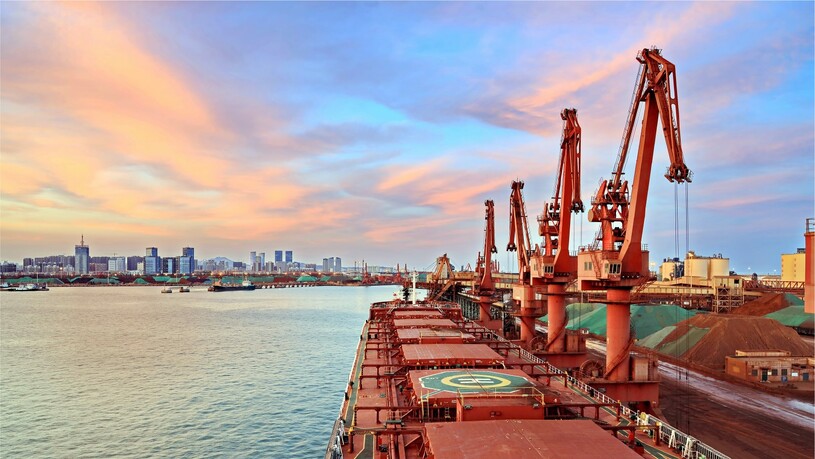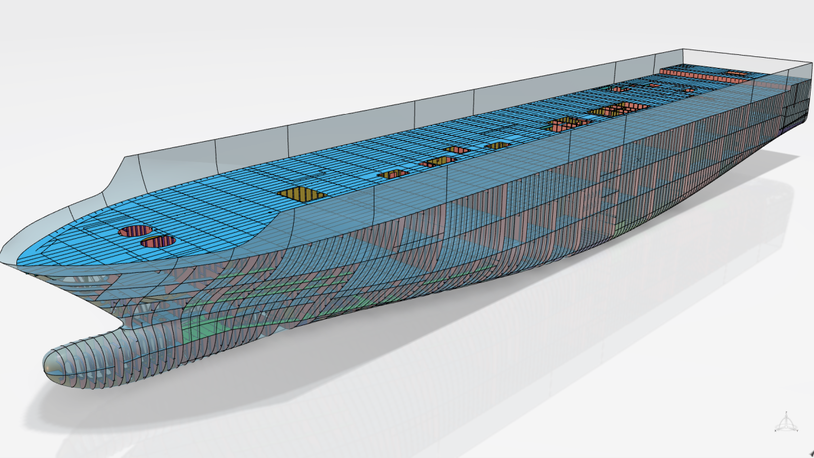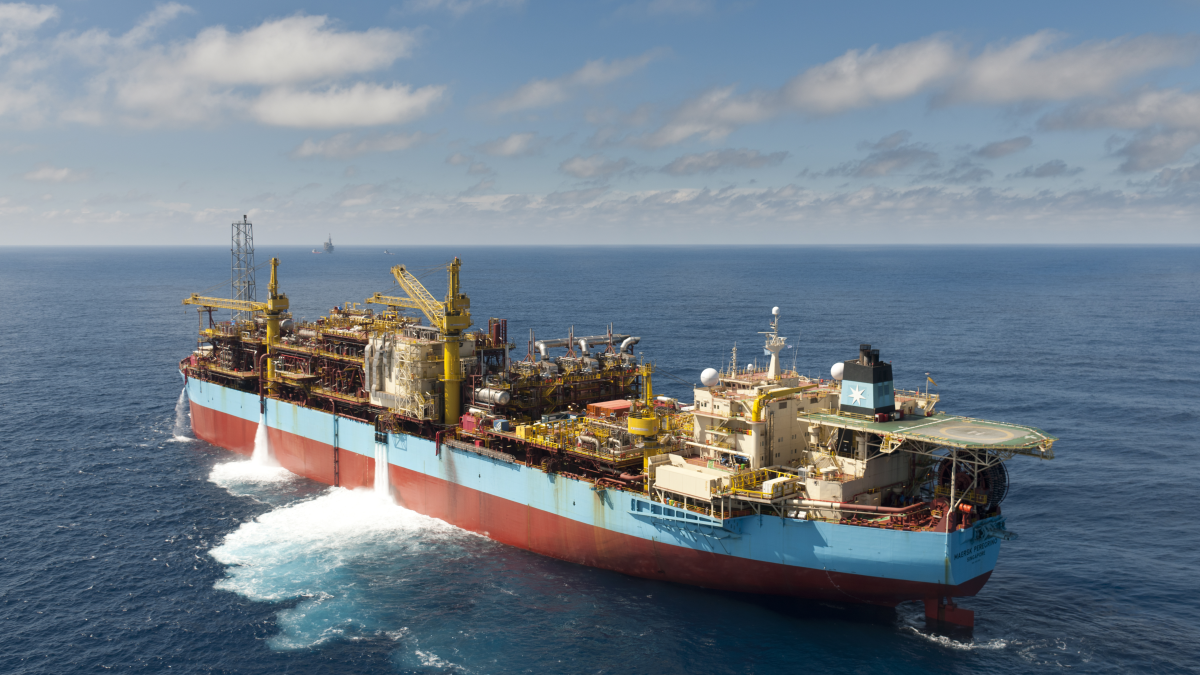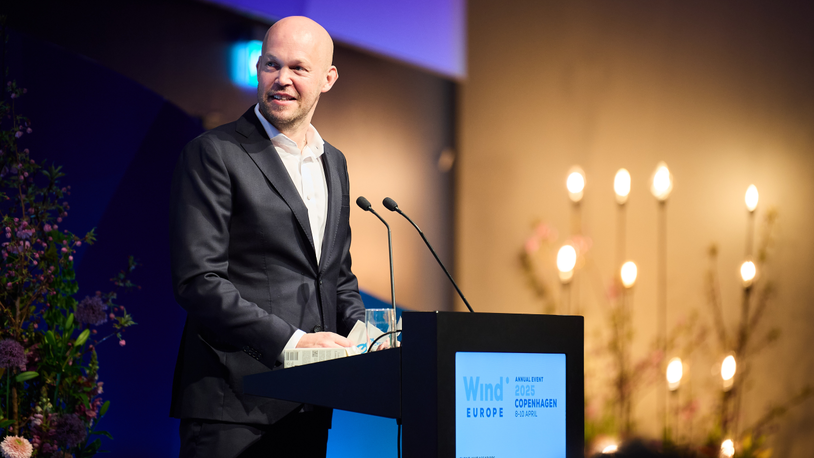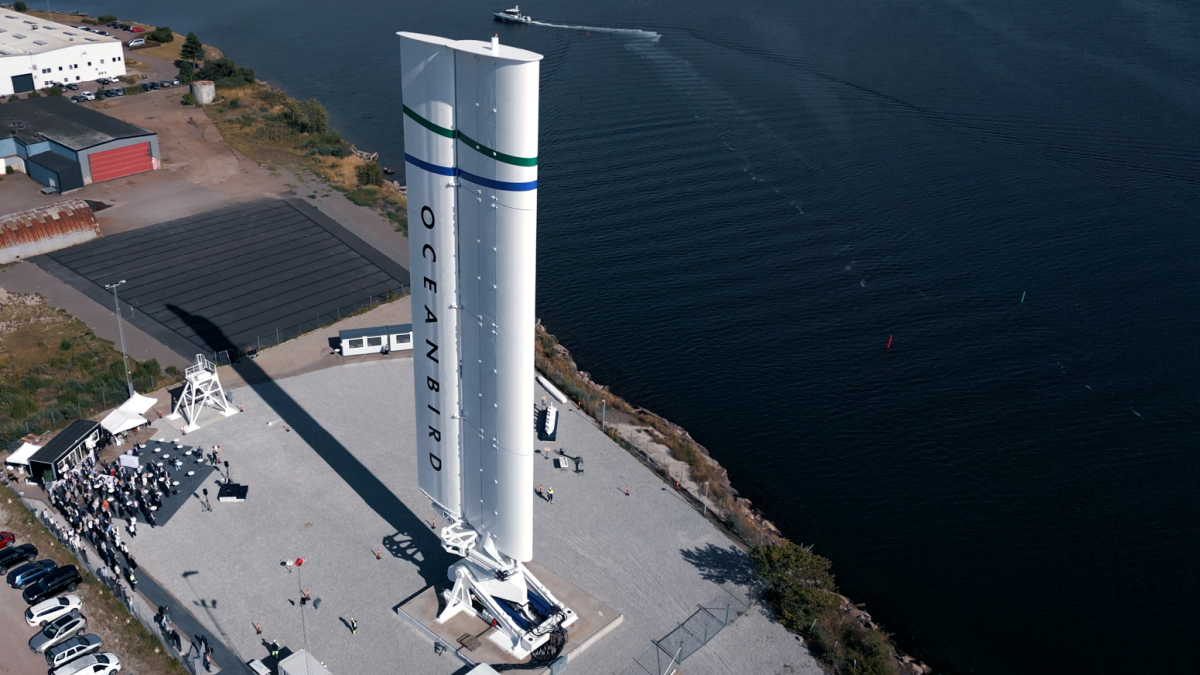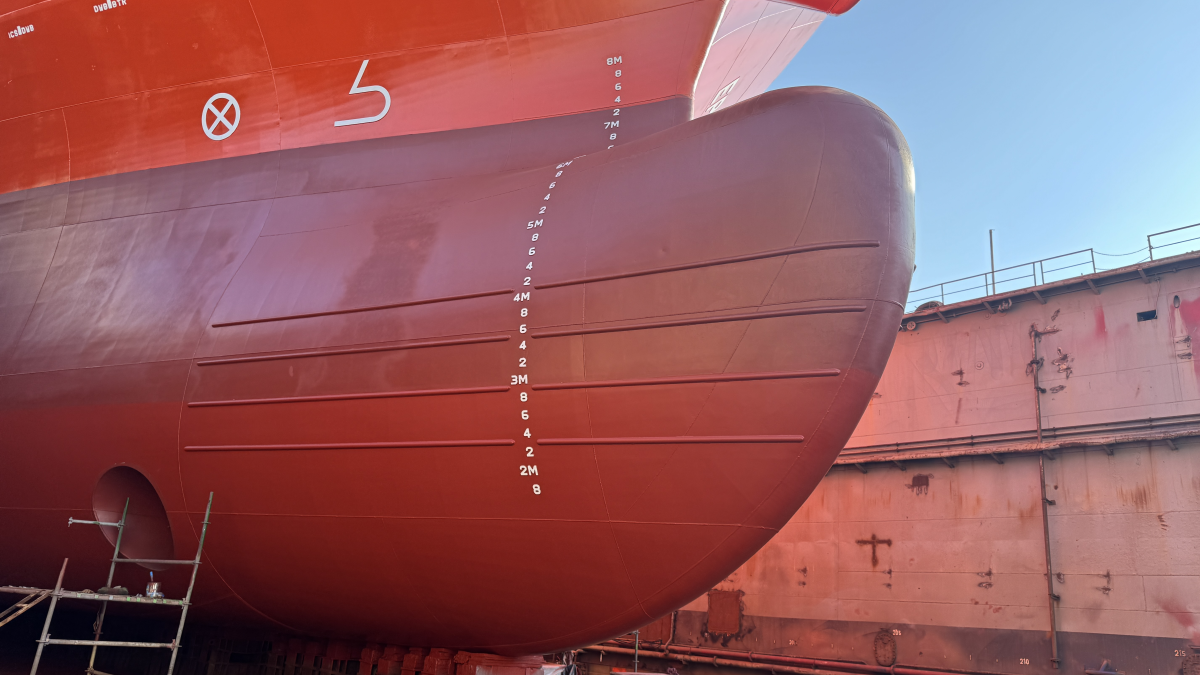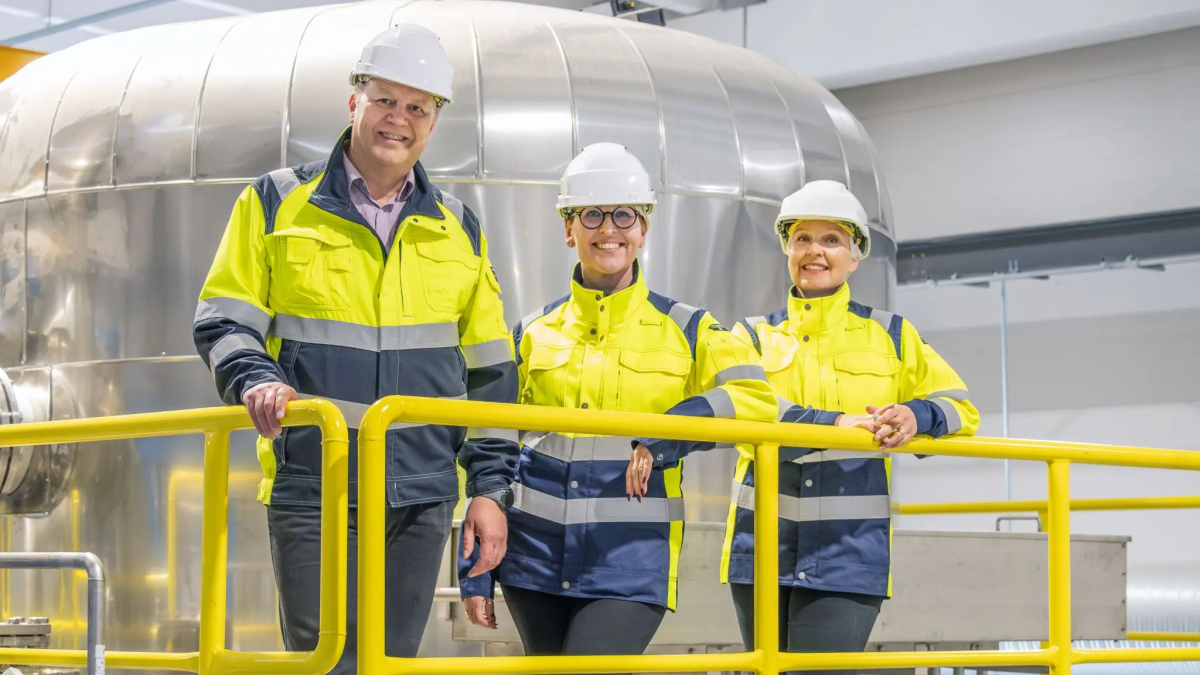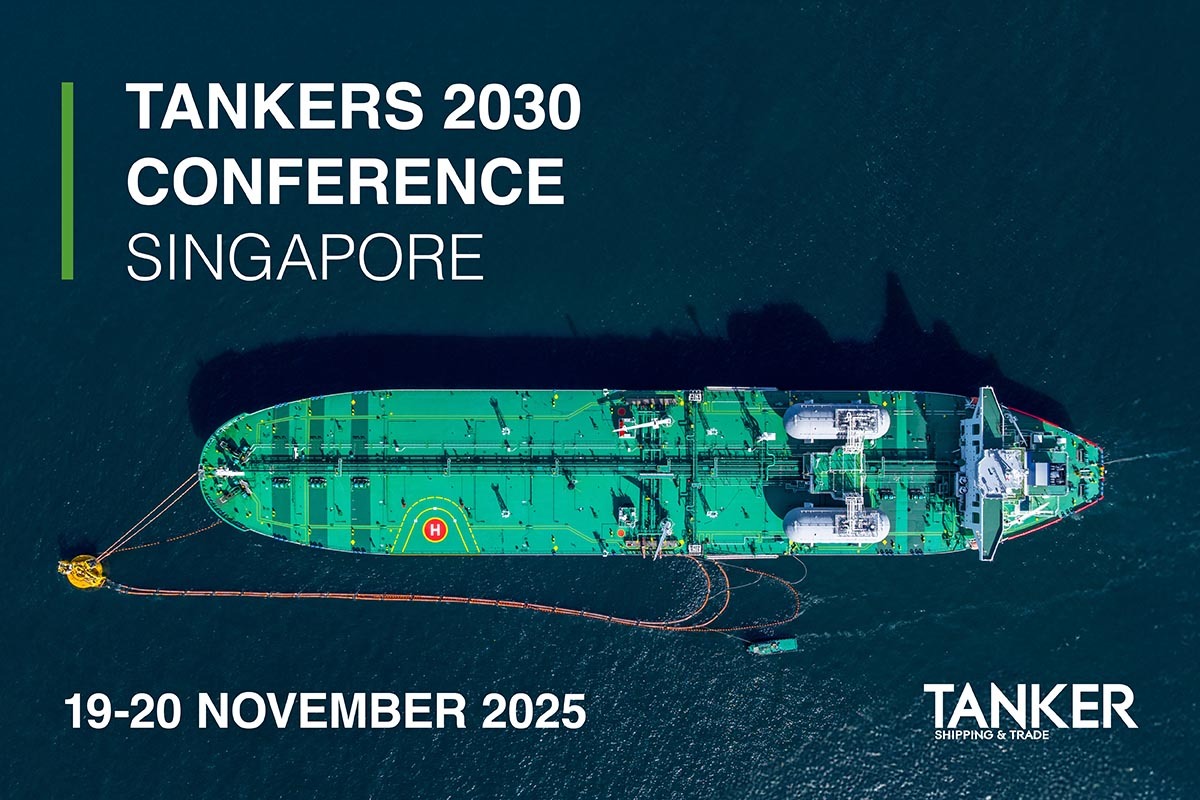Business Sectors
Contents
High outputs and light weights from Italy
Italy has a vibrant manufacturing base of marine engines covering large and small diesel models, as can be seen when visiting the annual Genoa Boat Show. Three designers of larger high speed types are put under the spotlight here
The first company, whose range is examined, is CRM – an abbreviation of Constructione e Reparazie Motori (Construction and Repair of Motors), whose origin was as a repair and maintenance company specialising in Isotta Fraschini aero engines before and during the Second World War. Business became very difficult during the war years and it was only after cessation of hostilities that CRM became active again, when it turned its focus towards marine engines.
It was in 1950 that the present CRM Motori Marini was founded by Germano Mariani in Milan, and the company’s talents were turned to the design of very lightweight diesel models for marine applications, building on the technical legacy of the Isotta Fraschini Asso 1000 petrol aero types which the designers knew so well.
Unlike most marine diesel engines, which start with a load bearing block, the CRM design uses tie rods to provide strength and rigidity – the aluminium ‘block’ is more of a covering than a supporting structure. There is a 12 cylinder Vee series and an unusual 18 cylinder W type. The last mentioned provides a very compact design of three banks of six cylinders, giving a ‘length’ of only six cylinders instead of the more usual two banks of nine cylinders in a V18 arrangement. Three V12 models are offered, displacing 38.1 litres with a bore /stroke of 150 x 180mm, ranging from 1,010kW at 2,075 rpm to 1,470kW at 2,300 rpm, all maximum ratings. Weights are between 1,520kg and 1,550kg.
The three W18 models with the same bore and stroke as the V12s have a swept volume of 57.2 litres. Power output ranges from 1,213kW at 2,000 rpm to the BR3 model, introduced in 2006, of 1,750kW at 2,300 rpm, with weights from 1,900 to 2,000kg. All weights are dry, without gearbox. This gives a best weight to power ratio of 1.14 kg/kW for the most powerful W18 model, a value far removed from almost all other diesel brands. Special variants of both series are available with antimagnetic characteristics for minehunting vessels.
The connecting rod of the W18 series uses an interesting configuration of one large master rod with bearing, to which the two other rods are attached by pins. This eliminates the weight and complication of having three connecting rod bearings running on one journal and helps to reduce the engine’s overall length.
The combustion chamber is of an indirect injection design retaining the main combustion forces within the head, thus eliminating a heavy cylinder and piston construction. Combustion pressure is relatively low compared to direct injection types, producing further weight savings. Liquid cooling of the engine is only required around the cylinder head, reducing pipework and liquid volume (weight). Four valves for each cylinder provide optimum scavenging and aspiration, and are driven by double overhead camshafts, one for each cylinder bank. Following high performance aero design practice, the exhaust valves are sodium filled for maximum cooling efficiency.
One turbocharger serves each cylinder bank, and the common rail fuel injection system has a multi-fuel capability. A dry type oil sump is used to reduce the volume of the oil pan and prevent surging under high speed driving conditions. The engine is so well dynamically balanced and free from vibration that there is no flywheel, further reducing unnecessary weight.
CRM engines have been supplied to Westinghouse for US Navy airship applications. There are several active airship projects worldwide which may produce a requirement for a diesel engine with the attributes of the CRM. Being the lightest in their class, CRM engines are to be found in fast patrol boat application in several navies, including in Italy where both the navy and Gardia di Finanze use CRMs. Many are also employed in fast motor cruisers and high speed luxury yachts.
The second company examined, Isotta Fraschini, has been one of the pioneering Italian engine companies since 1904, when it originally produced models for marine and aviation applications. The company became better known after 1920 when it started manufacturing luxury motor and racing cars. In the 1920s and 1930s, Isotta Fraschini became one of the giants, maintaining Italy’s honour in the aircraft and automobile racing ‘battles’ of those times.
As with much of Italy’s manufacturing facilities which were destroyed during the Second World War, Isotta Fraschini suffered, and in the state re-organisation that followed, the company became part of Fincantieri/IRI and relocated from Milan to Bari on the Adriatic coast. Today, Isotta Fraschini manufactures for marine, rail and generator applications, while also building industrial engines of its own design and producing MDO and HFO burning Sulzer S20 (U) types under licence.
The current high speed range of Isotta Fraschini engines comprises a 1300 series and a 1700 series, of which the 1300 series is produced with six cylinder in-line, V8 and V12 configurations.
The 11.3 litre six cylinder model with bore/stroke of 130 x 142mm comes in three variants, with the L1306 T2 using direct fuel injection and a single turbocharger. Power output ranges from a commercial heavy duty rating of 220kW at 1,800 rpm to a high performance rating of 485kW at 2,400 rpm. The L1306TS-4V, with four valves for each cylinder, has a common rail fuel system and two sequential turbochargers; it is rated for high performance at 588kW at 2,700 rpm. A higher output version of this engine is called the L1306TS-RS4 and is high performance rated at 661kW at 2,800 rpm.
There is one V8 model displacing 13.3 litres with bore/stroke of 130 x 126mm, direct injection, two valves for each cylinder and twin turbochargers; output ratings vary from 330kW at 2,100 rpm commercial heavy duty, up to 605kW at 2,800 rpm for high performance.
Two V12 models with swept volume of 20 litres and bore/stroke of 130 x 126mm are offered. The V1312 T2 with direct injection, two valves/cylinder and twin turbochargers, is commercial heavy duty rated at 495kW at 2,100 rpm and offers three other ratings up to a high performance one of 970kW at 2,800 rpm. The V1312 HPCR uses a common rail fuel system, has four valves/cylinder and sequential turbocharging. Output at a special fast craft rating is 1,100kW at 2,800 rpm and the high performance rating is 1,210kW at 2,900 rpm.
The larger 1700 series uses a vee configuration of 8, 12 and 16 cylinders and has a standard bore/stroke of 170 x 170mm with four valves/cylinder. The smallest in the series is a V8, designated the V1708 T2 and displacing 30.8 litres; here, a direct injection fuel system is used and there are twin turbochargers. Power output over four ratings covers the range 700kW at 1,800 rpm commercial heavy duty, up to 955kW at 2,000 rpm high performance rating.
The V12 model (V1712 T2) has a swept volume of 46.3 litres, uses a direct injection fuel system and twin turbochargers. Power output over four ratings covers the range 1,050kW at 1,800 rpm commercial heavy duty, up to 1,680kW at 2,100 rpm high performance rating. The V16 model is produced in several variations. The V1716 T2 displaces 61.7 litres and has the same stroke of 170mm as the other V8 and V12 engines and uses a direct injection fuel system. The commercial heavy duty rated engine has twin turbochargers and an output of 1,500kW at 1,650 rpm. The models with the three other ratings have three sequential turbochargers and range in output from 2,140kW at 2,030 rpm commercial light duty, to 2,600kW at 2,100 rpm high performance rating.
A new V16 cylinder model is designated the VL1716T2 MSD-HPCR type. It still has the standard bore of 170mm but an increased stroke of 185mm, giving a displacement of 67.2 litres. It uses common rail fuel injection and has three sequential turbochargers. Power output is 2,545kW at 2,030 rpm at the special fast craft rating and 2,800kW at 2,100 rpm for high performance.
The Sulzer 20U series is available in six, eight and nine cylinder in-line configuration, ranging in output from 1,050 to 1,575kW at 1,000 rpm. This range is often used as an auxiliary engine on a variety of merchant ships.
Both 1300 and 1700 high speed engine series are widely used for railway, genset and automotive applications, as well as marine. Isotta Fraschini gensets are specified on the Horizon class frigates and the FREMM class frigates.
As far as European diesel engine manufacturers are concerned, the last company studied, Seatek, is a relative newcomer to the marine world. Founded in 1986 by Dott Carlo Bonomi, a very successful accomplished offshore racer, the company gathered together a team of engineers, including the renowned Fabio Buzzi, to construct high performance marine diesel types.
An in-line six cylinder configuration of 8.2 litres displacement was chosen. The offshore racing circuits were the test bed, and Seatek quickly established itself as a world winner, including first place in Class 1 of the World Offshore Powerboat Championship in 1988 and 1989. With this sound reputation, Seatek launched its production Series 9 engine, the 6-4V-9. This was based on the racing engine but with a bore/stroke of 122 x 130mm, giving a swept volume of 9.1 litres. Seatek continued to establish its name as a designer and builder of very high performance diesel engines by winning race after race in the offshore field. This ‘baptism by fire’ for its new engine and constant testing on the racing circuit rapidly produced an engine that is still unbeatable in its class and virtually without rival.
The present Seatek 10 series stems from 1993 and uses the original concept of an in-line six cylinder format but with bore/stroke of 127 x 135mm and displacing 10.3 litres. The smallest model in the standard range is the 620 Plus with a power output of 456kW at 2,600 rpm; the largest is to the 950+ Bi-turbo producing 698kW at 3,200 rpm. Also in the 10 series programme are two offshore racing models, a 10.3 Endurance type developing 777kW at 3,200 rpm and a sprint model called the 10.3 Offshore Cl 1, producing “more than 882kW” at 3,350 rpm.
All models feature a twin overhead camshaft running four valves in each cylinder. Special main bearing caps are retained with four tie bolts, two horizontal and two vertical, to hold the engine together at the high rotational speeds and absorb the drive train shocks experienced in racing and
similar applications.
Seatek is well known for its special applications in the high performance world. In particular the engines are featured by the Italian boatbuilder, Offshore Costruzione Nautiche, part of the Finmeccanica Group. The civilian version of its 12m (40ft) hull is the Super Classic 40. Fitted with twin Seatek 750s, the top speed of this luxury powerboat is 70 knots.
The Elettra Commander military series is offered in two versions; the smaller EMC 40 is a very high speed interceptor and pursuit patrol boat. Using a Kevlar constructed stepped hull with twin surface drives driven by Seatek 820 engines and with a four man crew, the top speed exceeds 70 knots. Alternatively, with a different configuration, eight additional ‘passengers’ may be carried.
The larger Elettra Commander series EMC 60, with a length 18.5m, has optional twin or triple Seateks with twin outside surface drives and a central water jet. The crew for this larger vessel is six and up to 20 passengers may be carried.
An application similar to racing is the powering of craft used by Special Forces in a number of countries including the UK and US; these must operate at speed in the most extreme weather conditions. Seatek is specified in a number of applications, including VSV (Very Slender Vessel) hulled craft, plus a number of others that remain out of sight as classified projects.
In 2006 Seatek started to release information on its latest project – a V12 engine. Development work has been slowed due to the continuing large demand for the company’s present engine range, and every Genoa Boat Show is visited with interest to see if the new V12 will be introduced. So far, it has not but, according to Seatek, development is continuing; however, engineering priority was given to the development of common rails for the existing model range, and this feature will also be offered on the V12.
The extremely compact new V12 is reported to have a displacement of 20.5 litres and to have similar characteristics to the other models, with four valves for each cylinder operated by double overhead camshafts. Twin sequential turbochargers will give an output power at around 1,250kW at 2,900rpm. If the estimated dry weight of 1,250kg holds, it will give the engine a power to weight ratio of 1kW/1kg! Present estimates are however that we will have to wait until 2010 to see the unveiling of the first examples of the V12. MP
Related to this Story
Events
International Bulk Shipping Conference 2025
Tankers 2030 Conference
Maritime Navigation Innovation Webinar Week
© 2024 Riviera Maritime Media Ltd.

